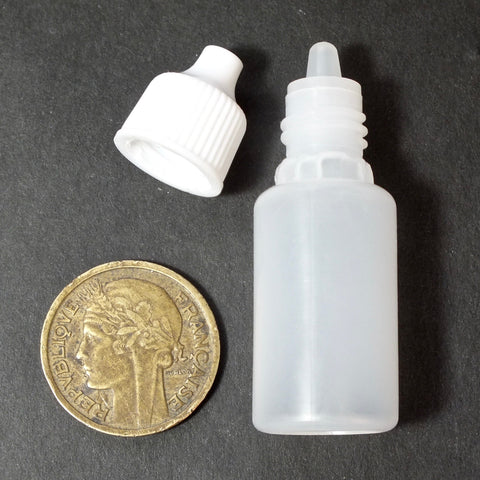basalt - vesicular basalt polished by wind-blown sand - display specimen
$ 15.00
Pisgah Crater is a cinder cone composed of both maroon and black basalt. The extensive flows associated with the cone are black and vesicular, with frozen vesicles of the carbon dioxide that forced the lava out of the vent, much like soda foaming out of a can. The carbon dioxide is long gone, but the empty bubbles are there. This specimen is polished by wind-blown sand and looks like lava to a student.
There is a chain of cinder cones that roughly parallels old US Route 66 in the Mojave Desert. These formed as the North American plate moved over a hot spot. These cones are small, as the lava had to make its way up through the thick continental crust and the vents were easily plugged, in contrast with the huge shield volcanos of Hawaii, where mantle basalt rises through a relatively thin oceanic crust. Pisgah, at the west end of the chain, is the oldest. The east end is anchored by the relatively fresh and symmetrical Amboy Crater, a National Natural Landmark, also associated with extensive flows.
Both sides of this specimen are shown. The pencil is 5 1/2" long, for scale.
Making multiple purchases? Click on the "combine shipping" button in the shopping cart. We'll send an invoice with combined shipping. A link in that invoice will bring you back to checkout, no hassle.
Shipping: By Priority Mail or USPS Ground Advantage, whichever is cheaper, unless we find a better rate. Click > here < for shipping rates. See comment at Note! Use back button to return to this page.






